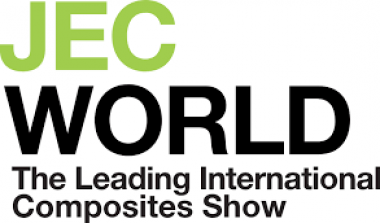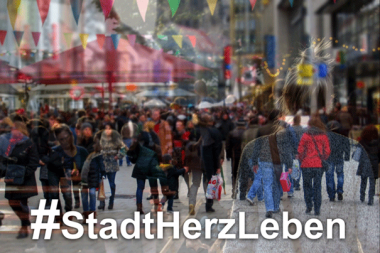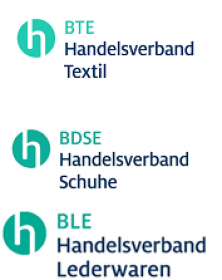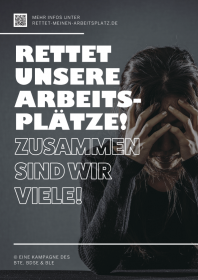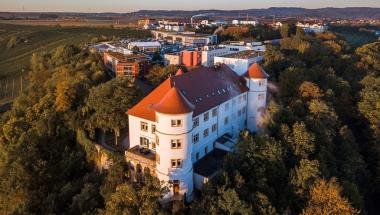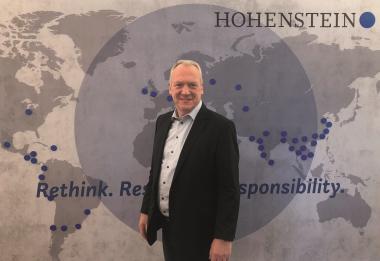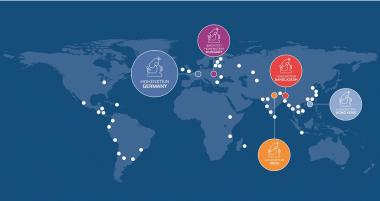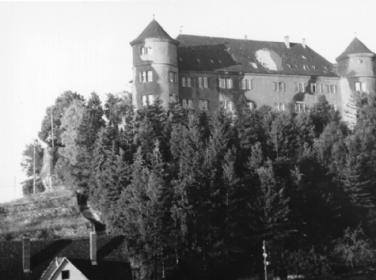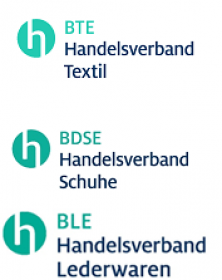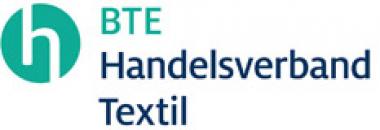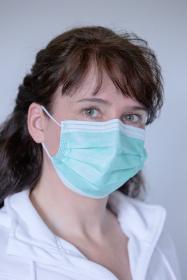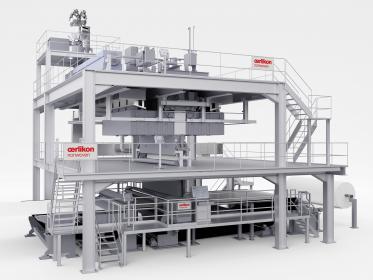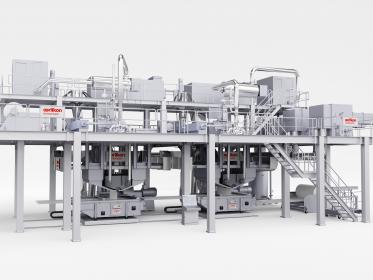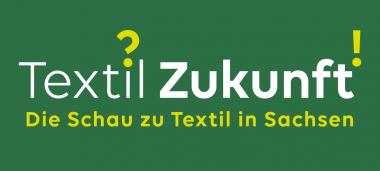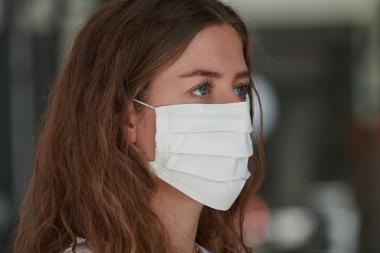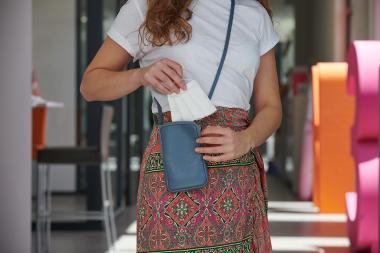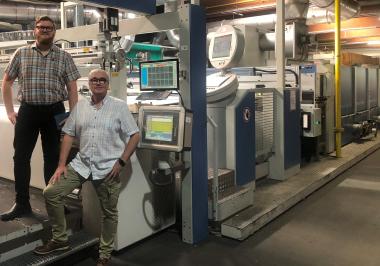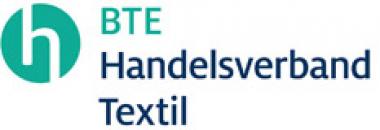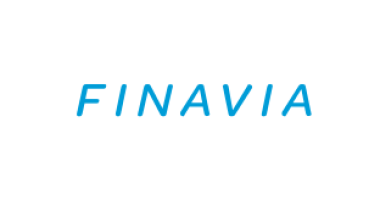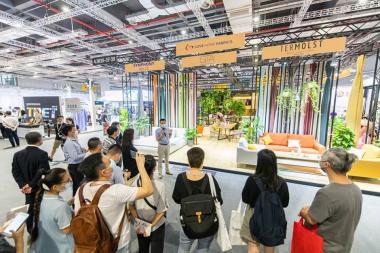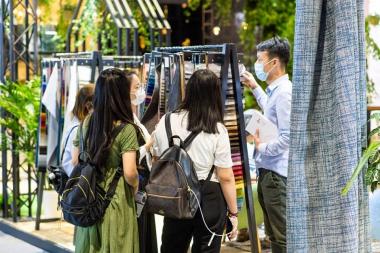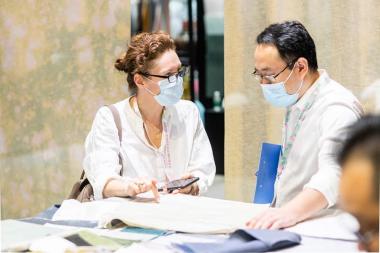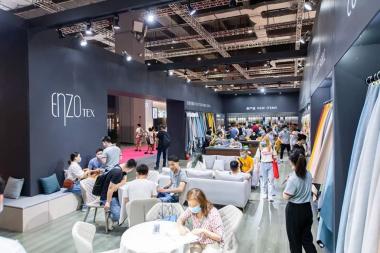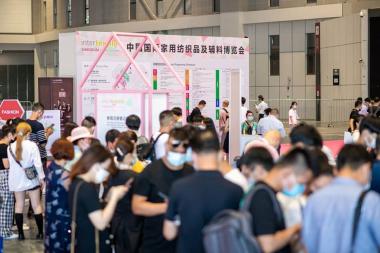JEC WORLD 2021 postponed
- Next Jec World Will Take Place From March 8 To 10, 2022
The continued impact of the Covid-19 pandemic unfolding throughout 2021 has forced the JEC World team to reexamine the possibility of holding the next edition of JEC World this year. Thus, after thorough consultation of clients and partners, the JEC World team has decided to postpone the next edition of JEC World to March 8 to 10, 2022.
Amidst growing concern among our exhibitors and partners surrounding the critical situation of the Covid 19 restrictive measures and other limitations in place in many countries, the JEC World team has decided to work on a new timeline to hold the next edition of the event in the best conditions in 2022. Thus, JEC World exhibitors were asked to respond to a survey offering two new dates to determine which one would suit them the most. It appeared that 89% of respondents favored holding the next JEC World session from March 8 to 10, 2022.
“The coronavirus pandemic situation has taken the central stage, so in light of the current situation, it would not be possible for us to satisfy our customers’ requirements for such an international trade fair as JEC World in June. We truly regret having to make this difficult decision once again. However, we are all committed, starting today, to deliver the best JEC World experience to our clients in 2022.” says Eric Pierrejean, CEO of JEC Group. “While waiting for welcoming the international composites community back to Paris in March 2022, JEC Group team is preparing various online Rendez-Vous in June enabling the entire composites community to discover trends and innovations, and to connect″, he added.
The leading composites event will take place from March 8 to 10, 2022, at Paris Nord Villepinte (same venue) and online for a new augmented experience.
As the leading trade show of the composites industry, JEC World will bring together the whole composites materials value chain and professionals from application sectors, experts from the scientific and academic world, associations, and media from more than 112 countries, introducing in 2022 its audience its new digital platform, JEC World Augmented.
“JEC World 2022 and the augmented platform will bring the international composites community and specialists together to resume business, network, hold business meetings. They will also have the chance to participate in conferences, workshops, and discover the latest composites innovations,” says Adeline Larroque, Show director and EMEA events.
JEC Group


